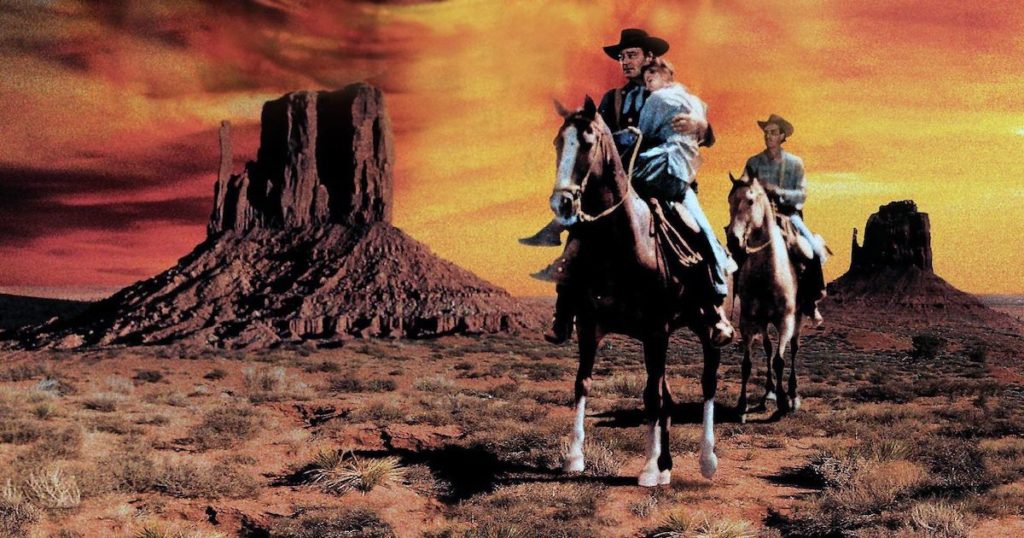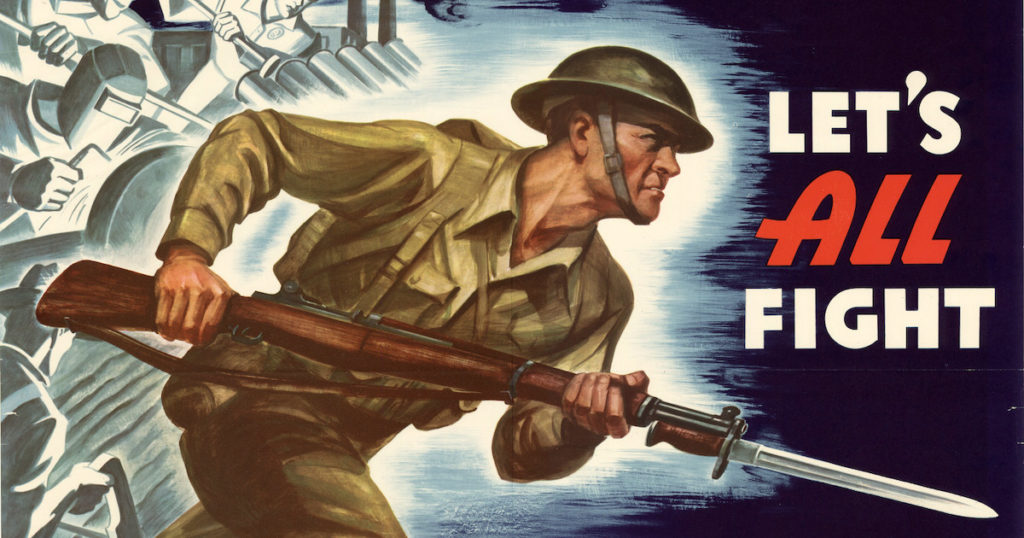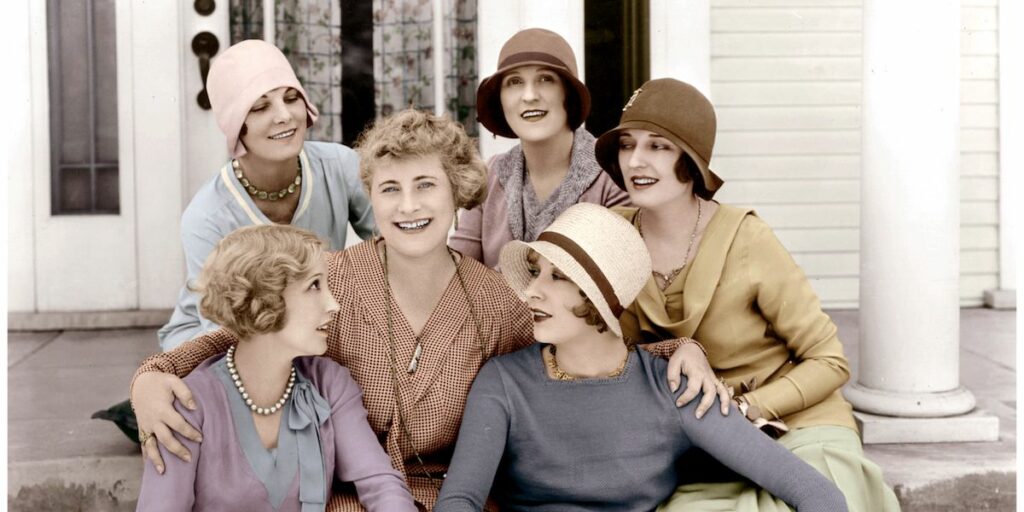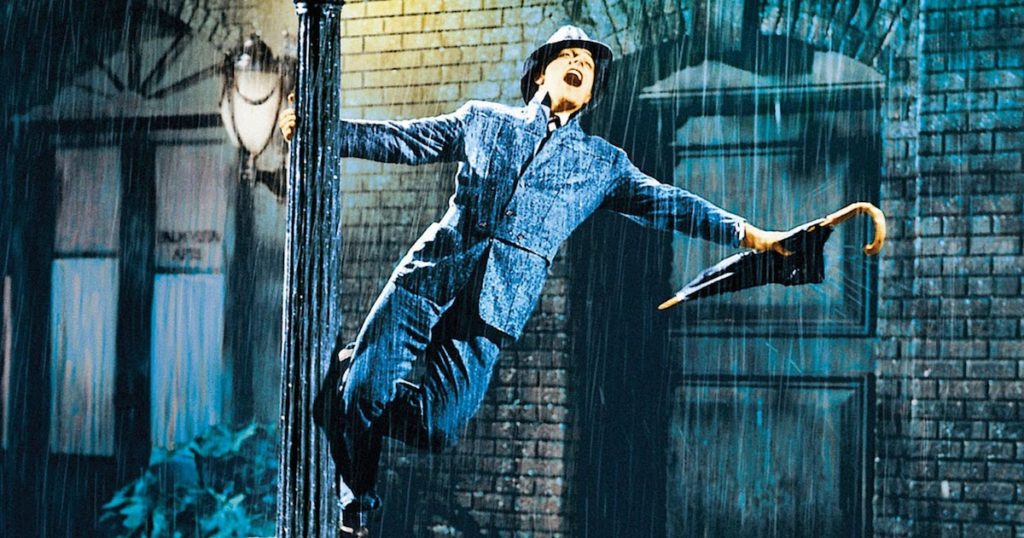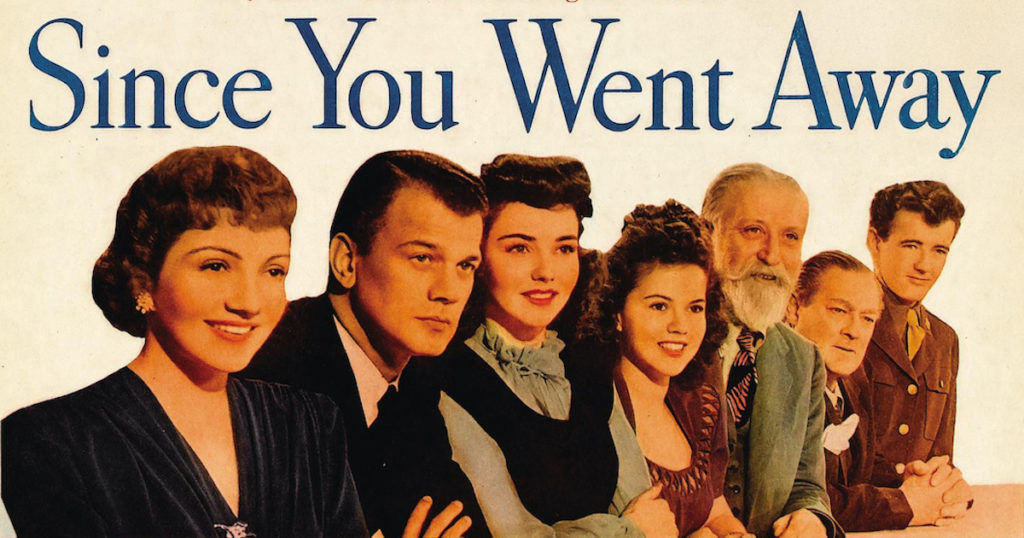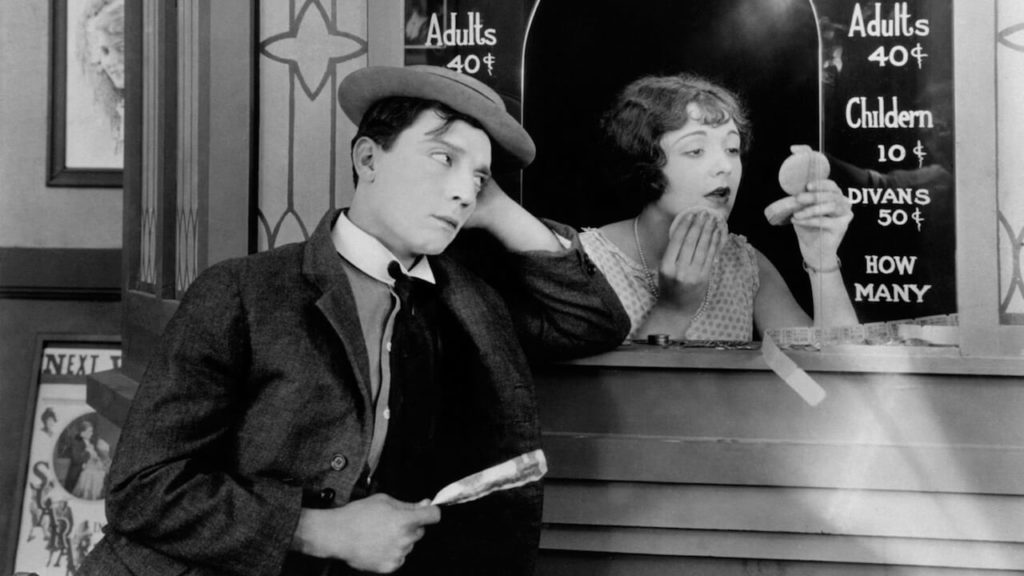
Great Films from the 1920s
1920s Films: Not as Silent as You Think
The 1920s was the decade when the best silent feature films were created, only to end suddenly at the end of the decade with the advent of “talkies” in 1927. A few more were made, two of which I’ve included here. Don’t let the idea of “silent” films bother you – there’s nothing really silent about them.
One Week (1920)
Dir. Buster Keaton (short) – In a similar fashion to Chaplin, Buster Keaton was given money and a free reign to create a series of unique comedy shorts. Keaton’s brilliance was the complex set piece that somehow gets more and more convoluted as the film develops. The idea is that that he’s married and has one week to get a house built… pretty hilarious.
Last of the Mohicans (1920)

Dir. Maurice Tournier – This is the most accurate Last of the Mohicans to grace the screen. One of the greatest American love stories, it is a beautiful silent film that truly captures the feel of the novel.
Cops (1922)

Dir. Buster Keaton (short) – This is Keaton’s most famous short film. The sheer number of extras (as cops) is just incredible. A real delight. The best way to watch is free on YouTube.
Battleship Potemkin (1925)
Contains more mature material, such as adult situations or violence.

Dir. Sergei Eisenstein – Russian film director Eisenstein is often credited as the master of “montage” or editing. Due to the Revolution, the Russians had less film stock so often played around with what they were able to shoot. This film explores all sorts of fascinating editing and story-telling techniques. Like many Soviet films, it has little connection with historical fact, but as a film it is fascinating. [Warning: the Odessa Steps sequence with the guards firing into the crowd is pretty violent, with a shot of a woman dying who was shot in the face. It’s not quite realistic, but could be disturbing.]
The Big Parade (1925)

Dir. King Vidor – The story of a rich and carefree young American going off to WWI, experiencing the horrors of war, and falling in love with a pretty French girl. Provides a realistic look at what the war was like and the effect it had on real people. A classic.
The Gold Rush (1925)

Dir. Chaplin – The little tramp heads north to the Klondike to seek fortune and is put into countless funny circumstances. Some of Chaplin’s most memorable scenes, including his amazing preparation of a shoe for dinner, struggling in a snow storm, and mistaken romance. There were two versions, actually – the original 1925, then a later version with narration once sound was introduced.
The General (1926)

Dir. Buster Keaton – Perhaps Keaton’s greatest film, that also tells the Civil War story of a young train engineer who ends up saving the day over and over again with unflappable aplomb. Includes one of the most famous stunts of all time: driving a real locomotive into a river.
The Black Pirate (1926)

Dir. Douglas Fairbanks – Fairbanks was the original action movie star who did all his own stunts and has never been matched for being dashingly handsome and debonair as he swashbuckles his way to victory. One of the first “color” films, Fairbanks plays a man seeking revenge on a pirate ship for killing his father. A lot of fun.
Sunrise: A Song of Two Humans (1927)
Contains more mature material, such as adult situations or violence.

Dir. F.W. Murnau – This is the greatest silent film ever made, if not possibly one of the greatest films of all time. Its depiction of the impact of adultery on a marriage, transformed through repentance and true love is one of the most moving stories ever put into film. As one critic pointed it, this film could never have been made during the sound years – it is wonderful primarily because it doesn’t have words. [Warning: although not graphic, the first scenes do depict a man in an adulterous affair, which fairly intense kissing and affection between an unmarried couple.]
The Lodger (1927)
Contains more mature material, such as adult situations or violence.

Dir. Alfred Hitchcock – An early suspense classic from the master of suspense. [Warning: some scenes could disturb younger children.]
The Passion of Joan of Arc (1928)
Contains more mature material, such as adult situations or violence.

Dir. Theodore Drier – Considered by many to be one of the most extraordinarily powerful films ever made. A harrowing and personal account of the suffering of Joan of Arc at the hands of the English. [Warning: intense anguish, emotion, and pain are presented which could be disturbing for younger children.]
The Circus (1928)

Charlie Chaplin – Another great Chaplin film that now has the little tramp trying to get a job at the circus. He befriends the daughter of the abusive ringleader and becomes the star of the show in the process. Hilarious.
The Virginian (1929)

Dir. Victor Fleming (starring Gary Cooper) – One of Gary Cooper’s earlier films that has him as a Wyoming rancher who has to go after his best friend for cattle rustling, falls in love with a local schoolmarm, and must fight the roughest cattle rustler of all. A great Cooper vehicle.
My students like that Dave Raymond details the ‘why’ and not just the ‘when’ of historical events. ~ Judy
Made it Through the List?
Once you get through this list, don’t forget to check out our other movie lists: 1910s, 1930s, 1940s, 1950s, and our favorite Christmas movies. We’ve got family movie night covered for a while!
Learn the Principles Behind the Movies
Filmmaking from the First Directors teaches the basics of filmmaking and early film history. It takes students through a unique journey starting in the late 19th century when film was invented, then guides them through the steps first directors took in creating the modern language of film.
Some links are from Amazon and as an Amazon Associate we earn from qualifying purchases.

